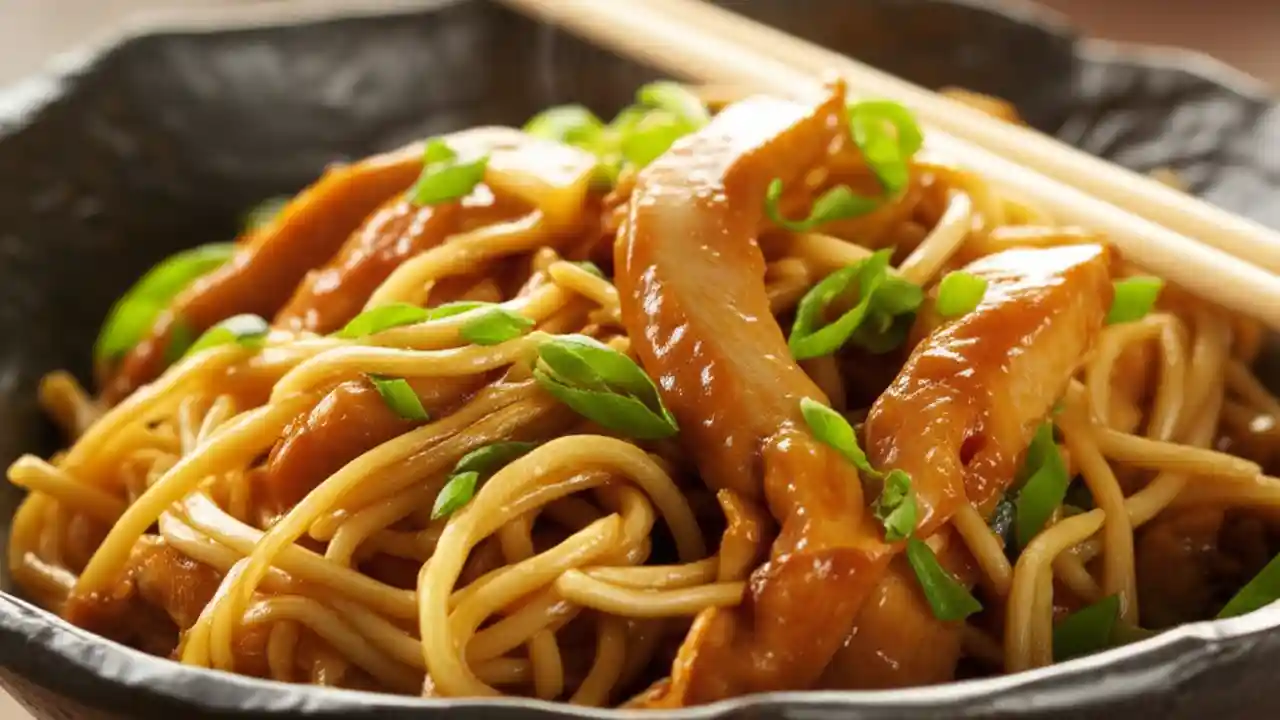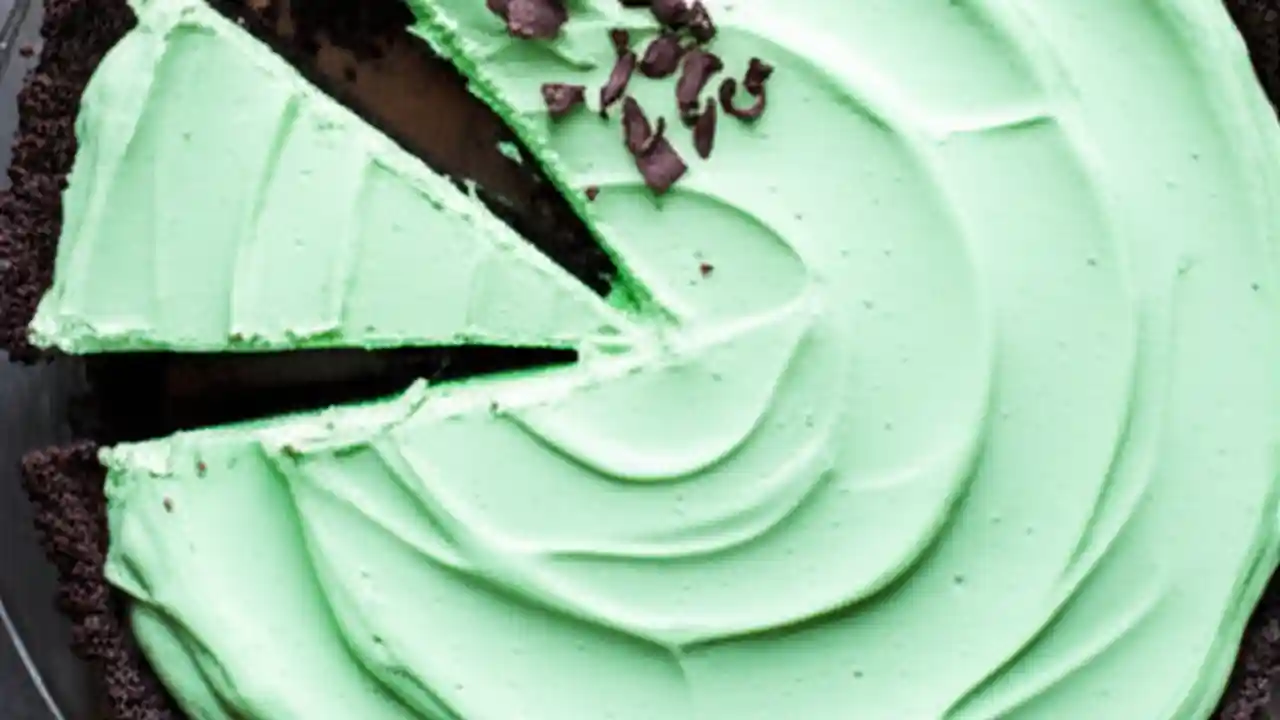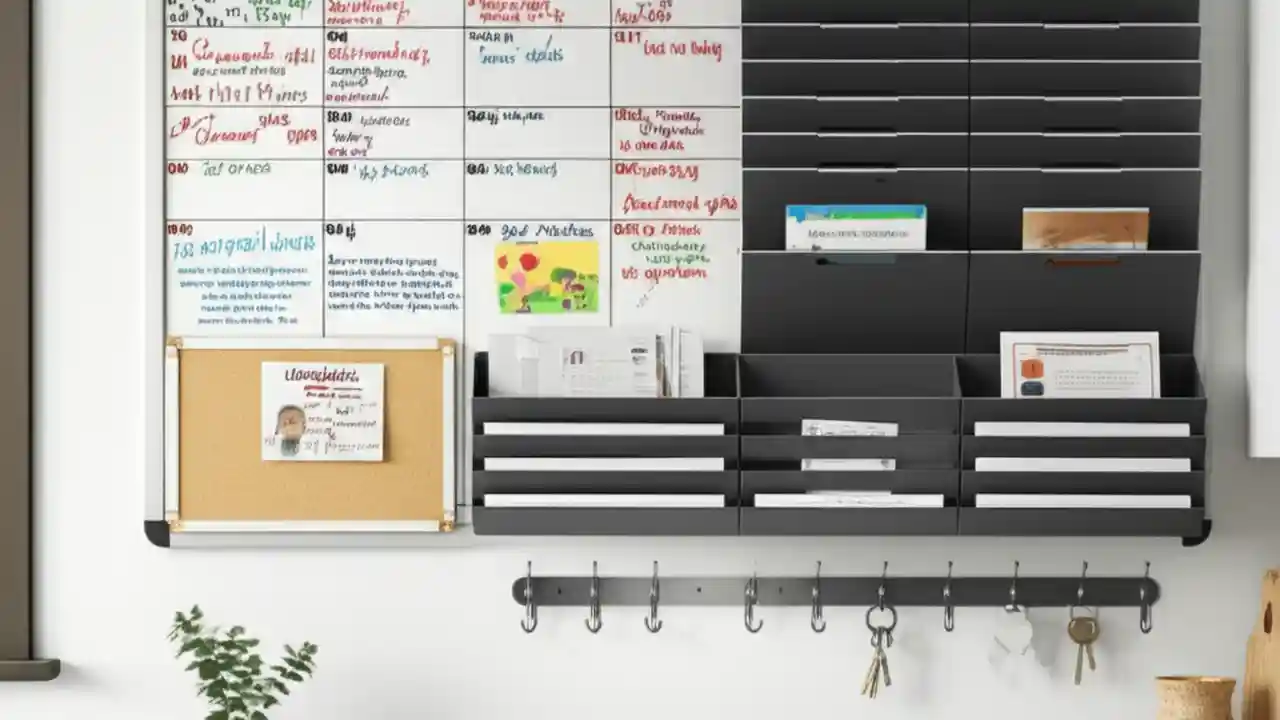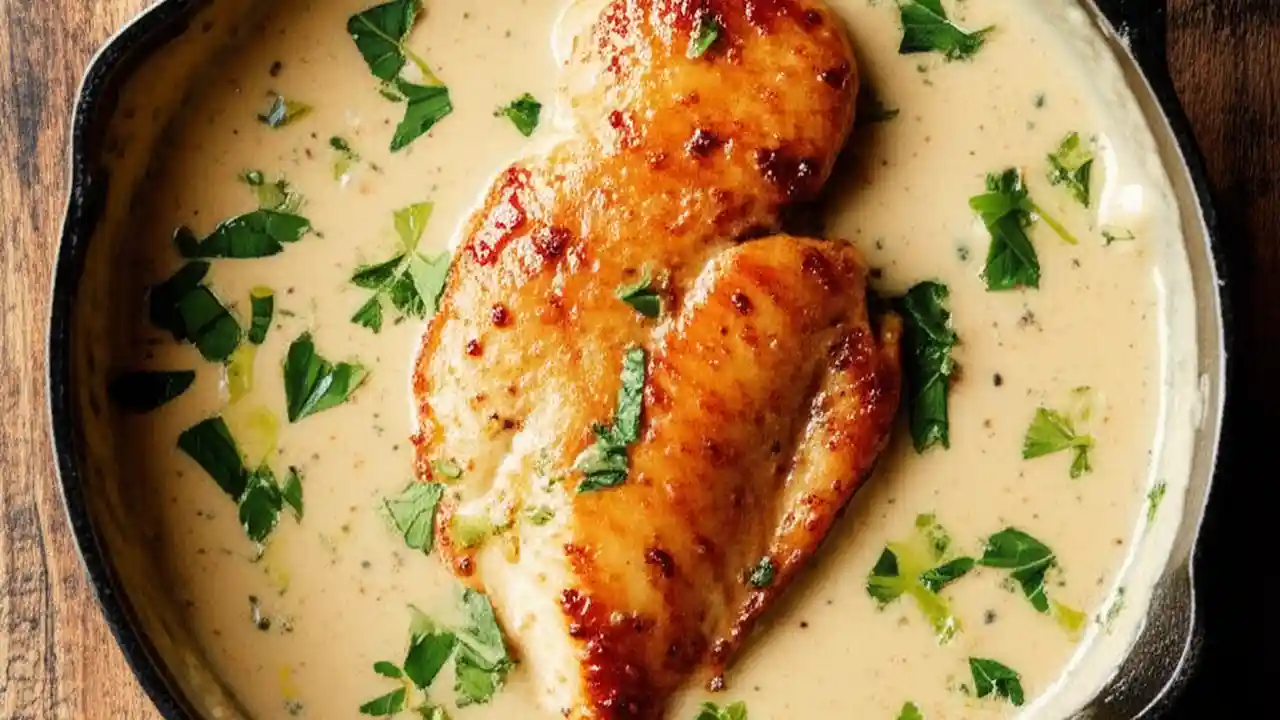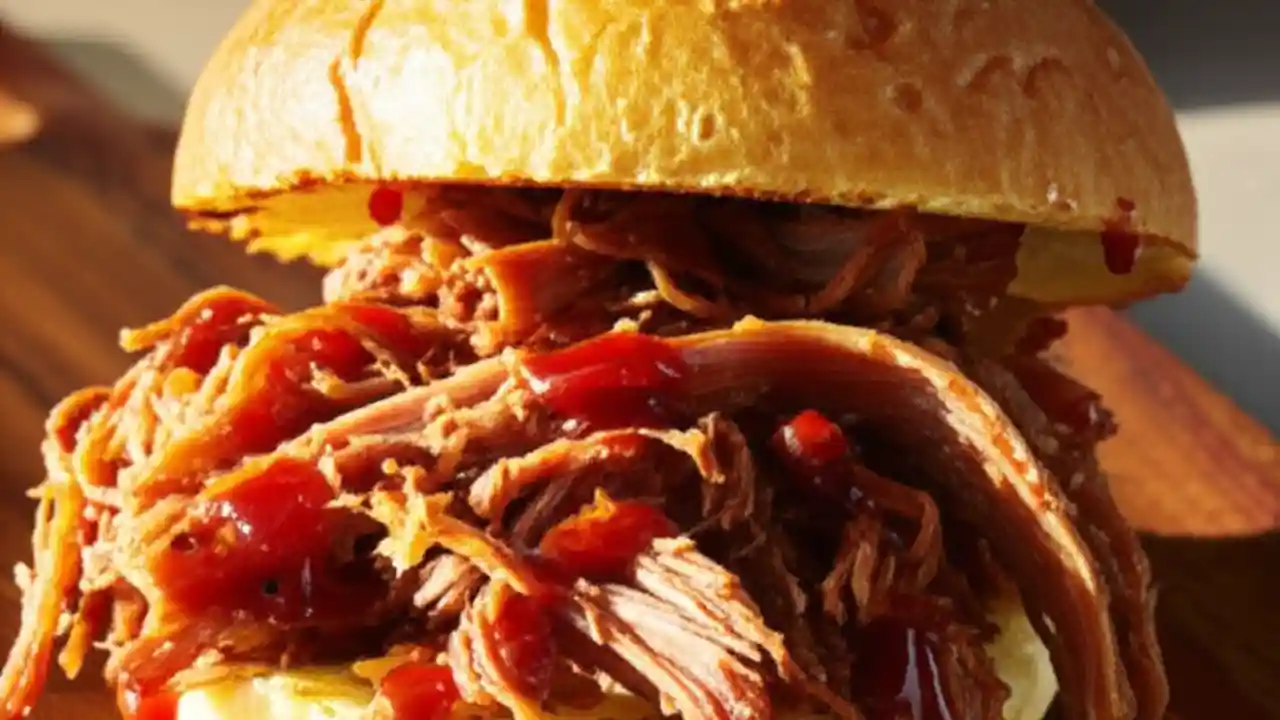The best pre-workout snacks are built around easily digestible carbohydrates for quick energy, while the best post-workout snacks combine quality protein and carbs to repair muscles and replenish what you’ve burned. It’s that simple. Getting this right is the secret to unlocking better performance, faster recovery, and more consistent results from your hard work.
For over 20 years, I’ve seen people complicate their fitness nutrition, getting lost in a sea of conflicting advice. But fuelling your body doesn’t have to be complex. It’s about giving your body the right fuel at the right time. Think of it like this: you wouldn’t put diesel in a gasoline car, would you?
This guide will cut through the noise. We’ll explore what to eat before a workout to maximize your energy and what to eat after a workout to ensure you’re not leaving gains on the table. We’ll cover timing, specific food ideas for any budget, and even what to grab when you’re in a hurry. This is your definitive answer to workout nutrition.
Table of Contents
Fueling for Performance: The Ultimate Guide to Pre-Workout Snacks
What you eat before you train can be the difference between a new personal record and an exhausting, sluggish session. This isn’t about just filling your stomach; it’s a strategic move to top off your energy stores and prepare your body for the work ahead.
Why Bother with a Pre-Workout Snack? The Science of Energy
Think of your muscles’ primary energy source as glycogen. It’s essentially stored carbohydrates. When you exercise, your body taps into these stores for fuel. A well-timed pre-workout snack, rich in carbohydrates, ensures your glycogen levels are topped off, providing readily available energy to power you through your entire session.
Skipping this step, especially for workouts longer than an hour, can lead to your body hitting a wall. You’ll feel fatigued faster, your performance will dip, and you might even feel lightheaded. A small, smart snack prevents this by giving your engine the high-octane fuel it needs to perform at its peak.
The Golden Rule of Timing: When to Eat Before You Train
Timing is just as important as the snack itself. Eating too close to your workout can cause cramping and digestive discomfort, while eating too early means that energy boost might fade before you even start. As a general rule, the larger the meal, the more time you need to digest.
Here’s a simple cheat sheet I’ve used for years to guide my clients:
| Time Before Workout | What to Eat | Example |
|---|---|---|
| 2-3 Hours | A balanced meal with carbs, protein, and a little fat. | Grilled chicken breast, a cup of brown rice, and steamed broccoli. |
| 60-90 Minutes | A smaller snack focused on carbs with a bit of protein. | A bowl of oatmeal with a scoop of protein powder and berries. |
| 30-45 Minutes | A small, easily digestible carbohydrate-rich snack. | A medium-sized banana or a handful of dried fruit. |
The key is to listen to your own body. Some people can handle a snack closer to their workout time than others. Experiment and see what makes you feel your best.
Your Pre-Workout Macro Blueprint: Carbs, Protein, and Fat
Let’s break down the “what” into its core components: macronutrients.
- Carbohydrates (The Star Player): This is your primary fuel. Focus on simple or fast-digesting carbs right before a workout (like fruit) and more complex carbs (like oats or whole-wheat toast) if you have an hour or more.
- Protein (The Support Crew): A small amount of protein before a workout can help prime your muscles for recovery by providing a steady stream of amino acids. It can help reduce muscle soreness later. Think a scoop of protein powder in oatmeal or a tablespoon of peanut butter with an apple.
- Fat (Use with Caution): Healthy fats are vital for your overall diet, but they slow down digestion. Consuming a high-fat snack right before training can leave you feeling heavy and sluggish. Keep fat intake minimal in your immediate pre-workout window.
Top 10 Quick & Easy Pre-Workout Snack Ideas
You don’t need to cook a gourmet meal. The best options are often the simplest. Here are some of my go-to choices:
- A Medium Banana: The classic for a reason. It’s packed with potassium and easily digestible carbs.
- A Small Bowl of Oatmeal: A fantastic source of complex carbs that provide sustained energy.
- An Apple with a Tablespoon of Almond Butter: A perfect mix of simple carbs, a little fiber, and a touch of protein and healthy fat.
- A Handful of Dates or Raisins: Nature’s candy. These are pure, fast-acting carbs for a quick energy jolt.
- A Slice of Whole-Wheat Toast with Honey: Simple, effective, and easy on the stomach.
- A Small Greek Yogurt: Provides both carbs and protein. Opt for a plain version to avoid excess sugar.
- A Rice Cake with Sliced Banana: A very light and easy-to-digest option if you have a sensitive stomach.
- A Small Smoothie: Blend half a banana, a handful of spinach, a few berries, and water. Keep it light and avoid adding too much protein or fat.
- A Hard-Boiled Egg: While mostly protein, one egg is small enough to not weigh you down and can help with satiety if you’re training a bit later.
- A Small Bag of Pretzels: A surprisingly effective source of quick carbs and sodium, which can help with hydration.
The “Do Not Eat” List: Foods to Avoid Before Exercise
Just as important as what to eat is what to avoid. Steer clear of these in the hour before you train:
- High-Fat Foods: Think fried foods, cheesy dishes, or fatty cuts of meat. They take ages to digest.
- Excessively High-Fiber Foods: While great for overall health, a huge bowl of bran cereal or a massive raw salad right before a workout can lead to gas and bloating.
- Spicy Foods: These can cause heartburn or stomach upset during intense exercise. Save the hot sauce for your post-workout meal.
- Carbonated Drinks: The fizz can lead to gas and a feeling of being uncomfortably full. Stick to water.
Optimizing Recovery: Mastering Your Post-Workout Nutrition
The workout is done. You’re tired but accomplished. What you do next is critical for recovery, muscle growth, and preparing your body for the next session. Your post-workout snack isn’t a reward; it’s part of the training.
The “Anabolic Window”: Fact vs. Fiction in 2025
For years, we were told there was a magical 30-minute “anabolic window” after a workout where you had to slam a protein shake or risk losing all your gains. The latest science shows us that while timing is important, this window is much larger than we thought—likely several hours.
So, don’t panic if you can’t eat immediately. However, it’s still a great practice to consume your post-workout snack within 1-2 hours of finishing your training. Why? Your muscles are primed to absorb nutrients to begin the repair process and to replenish those glycogen stores you just used up.
Your Post-Workout Recovery Ratio: Carbs and Protein Unpacked
After a workout, your body has two primary needs:
- Replenish Glycogen: You need to refill the energy tanks you just emptied. This is where carbohydrates come in.
- Repair Muscle: Exercise creates tiny micro-tears in your muscle fibers. Protein provides the amino acids (the building blocks) to repair this damage, making the muscle stronger.
A good rule of thumb for your post-workout snack or meal is a carbohydrate-to-protein ratio of around 2:1 or 3:1. For example, if you have 20 grams of protein, you’d aim for 40-60 grams of carbohydrates.
10 Best Post-Workout Snacks for Muscle Repair and Growth
Here are some powerful and delicious options to kickstart your recovery:
- Chocolate Milk: The undisputed king for many. It has the perfect carb-to-protein ratio, plus fluids and electrolytes for rehydration.
- Greek Yogurt with Berries and a Drizzle of Honey: High in protein from the yogurt, with carbs from the fruit and honey.
- A Scoop of Whey Protein with a Banana: A quick and efficient way to get fast-digesting protein and carbs directly to your muscles.
- Cottage Cheese with Pineapple Chunks: Cottage cheese is packed with slow-digesting casein protein, great for sustained muscle repair.
- Grilled Chicken or Tuna Salad on Whole-Wheat Crackers: A mini-meal that delivers quality protein and replenishing carbs.
- A Scrambled Egg (or two) with a Slice of Toast: A classic breakfast-for-dinner that works perfectly for recovery.
- A Smoothie with Protein Powder, Fruit, and a Handful of Spinach: Easy to digest and you can pack a ton of nutrients in.
- Edamame (Steamed Soybeans): A great plant-based option that’s rich in both protein and carbohydrates.
- Sweet Potato with a Sprinkle of Cinnamon: An excellent source of complex carbs to restore glycogen. Pair it with a protein source.
- Beef Jerky and an Apple: A portable, non-perishable option for when you’re on the go.
Snacking for Your Goals: Post-Workout Fuel for Weight Loss vs. Muscle Gain
Your post-workout snack should align with your primary fitness goal. While the principles of carbs and protein remain, the quantities and overall calories will differ.
| Goal | Focus | Example Snack |
|---|---|---|
| Weight Loss | Focus on high-quality protein to promote satiety and muscle repair, with a moderate amount of carbs from whole-food sources. Keep the overall calories in check. | A scoop of whey protein mixed with water and a small apple. (Approx. 200 calories) |
| Muscle Gain (Bulking) | Increase both protein and carbohydrates to create a caloric surplus, providing ample building blocks for new muscle tissue and fully replenishing glycogen. | A large smoothie with 1.5 scoops of protein, a whole banana, milk, and a tablespoon of peanut butter. (Approx. 450+ calories) |
| Performance/Maintenance | Aim for a balanced intake that matches your energy expenditure. The 2:1 or 3:1 carb-to-protein ratio is perfect here. | A glass of chocolate milk and a handful of almonds. (Approx. 300 calories) |
Whole Foods vs. Protein Shakes: Which is Better for Recovery?
This is a question I get all the time. The answer? Both are great tools, but they serve slightly different purposes.
A protein shake (especially with whey) offers fast-digesting protein that gets to your muscles very quickly. It’s incredibly convenient, especially if you don’t have time for a meal or don’t have an appetite right after training.
Whole foods, like a chicken breast or a bowl of Greek yogurt, provide protein plus a wider array of other nutrients—vitamins, minerals, and fiber—that a simple shake might lack. They also tend to be more satiating.
My personal strategy is to have a convenient protein shake immediately post-workout if I’m short on time, followed by a complete, whole-food meal an hour or two later. There’s no need to choose one over the other; use them to complement each other.
Beyond the Snack: Hydration and Common Pitfalls
Perfectly planned snacks mean little if you neglect other crucial elements of your fitness nutrition. Let’s cover a few final, but vital, points.
Is Hydration More Important Than My Snack?
In a word: yes. Even a slight drop in hydration (as little as 2% of your body weight) can significantly impair performance, reduce endurance, and affect your cognitive function. You can power through a workout without a perfect snack, but you can’t perform well when you’re dehydrated.
Sip water consistently throughout the day, before your workout, during your session, and afterward. Don’t wait until you’re thirsty—by then, you’re already dehydrated. Your post-workout snack can help with rehydration, especially liquid options like a smoothie or chocolate milk, but they are no substitute for plain water.
What Are Some Healthy Grab-and-Go Options from a Store?
Life gets busy. Sometimes you need to grab something from a convenience or grocery store on the way to or from the gym. Here are some solid choices:
- Pre-Workout: A single-serving fruit cup (in water, not syrup), a banana, a small bag of pretzels, or a simple granola bar (check the label for lower sugar/fat).
- Post-Workout: A bottle of low-fat chocolate milk, a single-serving Greek yogurt cup, a ready-to-drink protein shake, a hard-boiled egg, or a quality beef jerky stick.
Real Food vs. Pre-Workout Powders: What’s the Difference?
It’s important to distinguish between a pre-workout *snack* (food) and a pre-workout *supplement* (often a powder you mix with water).
A pre-workout snack is food. It provides calories and macronutrients (carbs, protein, fat) for energy. A pre-workout supplement, on the other hand, typically contains stimulants like caffeine and other ingredients like beta-alanine or citrulline malate designed to increase focus, blood flow, and delay fatigue. It provides very few, if any, calories.
They are not mutually exclusive. Many people, myself included, will have a small pre-workout snack (like a banana) for energy and also take a pre-workout supplement for the performance-enhancing effects. Just don’t mistake one for the other. A supplement will not fuel your body in the same way real food will.
Conclusion
Fueling your body for fitness is a game of simple, consistent choices. Before your workout, focus on easily digestible carbs to power your performance. After you’re done, replenish with a strategic combination of protein to rebuild and carbs to refuel. It’s not about magic pills or complicated diets; it’s about honoring the hard work you put in at the gym with smart nutrition outside of it.
Remember to listen to your body, find the snacks you enjoy, and stay consistent. That is the true recipe for success. Found this guide helpful? Share it with a friend or your workout partner to help them fuel their fitness journey, too!



